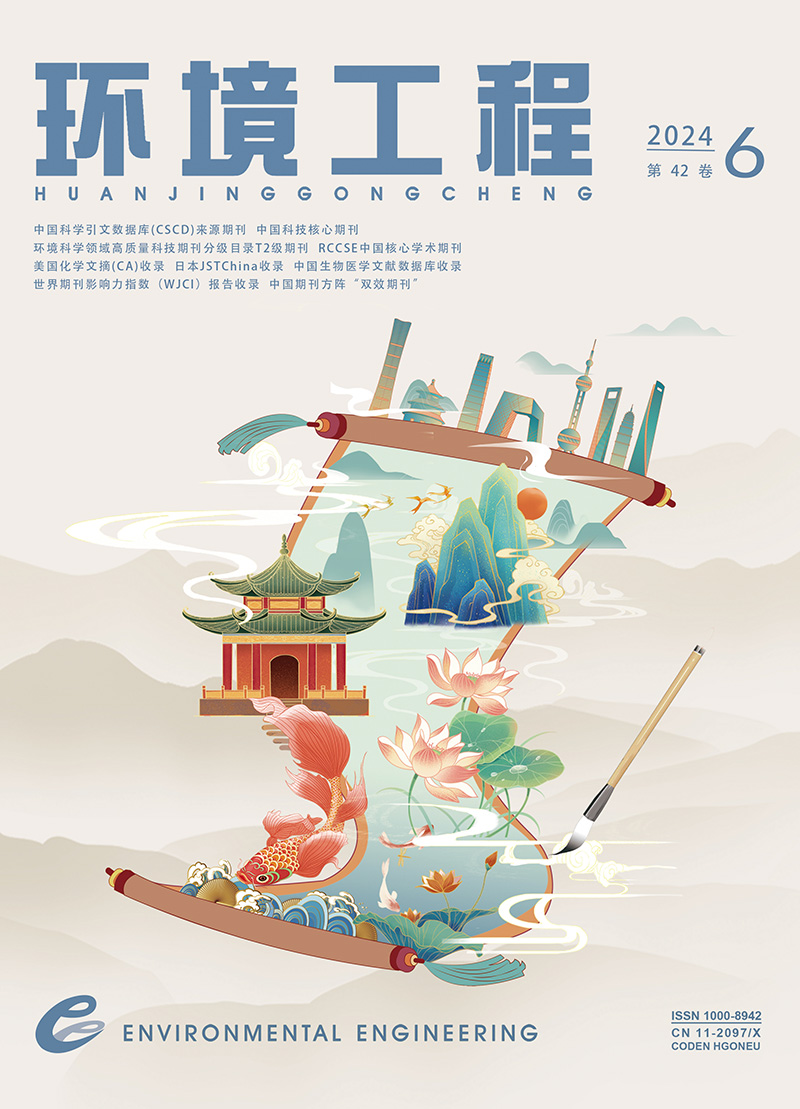生态工程在垃圾填埋场修复中的应用
引用次数: 0
摘要
生态工程是以生态学为基础的一个新的工程分支,兴起于 20 世纪 60 年代,因为人们日益需要用更可持续的生物方法来解决环境问题。它以自然生态系统的设计为基础,旨在造福于自然和人类社会,其技术可应用于从恢复退化的生态系统到清除污染物等一系列环境问题。世界范围内的主要环境问题之一是以垃圾填埋形式进行的废物处理,它对环境、生物和人类健康造成了各种负面影响。事实证明,传统的垃圾填埋场封闭和修复技术在经济和能源方面都具有挑战性,而且在减少沥滤液的形成和去除污染物方面也不够有效。因此,本文介绍了几种可用于垃圾填埋场修复的生态工程技术。植物覆盖是传统覆盖系统的一种替代方法,它利用植物来控制和限制水渗入废物、沥滤液的形成、稳定垃圾填埋场、控制侵蚀和减少甲烷排放。植物修复是一种通过自然过程进行土壤修复的环保技术,有两种形式:植物萃取和植物稳定。植物萃取利用植物萃取和去除废物和土壤中的污染物,而植物稳定则用于固定根区的污染物。根据自然湿地生态系统的原理设计和建造的人工湿地可用于净化沥滤液。自然衰减利用自然生物过程来减轻污染,而无需采取具体措施。所有这些技术都以可行的自然解决方案为基础,可以降低修复成本,减少垃圾填埋场的进一步维护。虽然发达国家越来越多地考虑采用这些技术,但在克罗地亚,将其应用于垃圾填埋场修复的例子却很少。本文章由计算机程序翻译,如有差异,请以英文原文为准。
Application of
ecological engineering in landfill remediation
Ecological engineering is a new branch of engineering based on ecology that emerged in the 1960s from the growing need for more sustainable biological solutions to environmental problems. It is based on the design of natural ecosystems for the benefit of both nature and human society, and its techniques can be applied to a range of environmental problems, from the restoration of degraded ecosystems to the removal of pollutants. One of the major environmental problems worldwide is waste disposal in the form of landfills, with its various negative impacts on the environment, living beings and human health. Conventional landfill closure and remediation techniques have proven to be economically and energetically challenging and are not sufficiently effective in reducing leachate formation and removing pollutants. For this reason, this article presents several ecological engineering techniques that can be used in landfill remediation. Phytocapping is an alternative to conventional cover systems that uses plants to control and limit water infiltration into waste, leachate formation, stabilize landfills, control erosion, and reduce methane emissions. Phytoremediation is an environmentally friendly technology for soil remediation through natural processes, in two forms: phytoextraction and phytostabilization. Phytoextraction uses plants to extract and remove pollutants from waste and soil, while phytostabilization is used to immobilize pollutants in the root zone. Constructed wetlands, designed and constructed according to the principles of natural wetland ecosystems, can be used to clean leachate. Natural attenuation uses natural biological processes to mitigate pollution without taking specific action. All of these techniques are based on viable natural solutions that can reduce remediation costs and further maintenance of the landfill. Although they are increasingly being considered in developed countries, there are few examples of their application in landfill remediation in Croatia.
求助全文
通过发布文献求助,成功后即可免费获取论文全文。
去求助
来源期刊
自引率
0.00%
发文量
10962
期刊介绍:
Environmental Engineering is a source journal of the Chinese Science Citation Database (CSCD), a source journal of Chinese scientific and technological papers statistics, and a dual-effect journal of the Chinese Journal Matrix. It is selected into the "Chinese Core Journals Overview" and is included in the American Chemical Abstracts (CA), Japanese JSTChina, and Chinese Biomedical Literature (CBM) databases. It mainly covers water pollution prevention and control, air pollution prevention and control, solid waste treatment and disposal, monitoring and evaluation, clean production and energy conservation and emission reduction, soil remediation, etc. Over the years, it has always had a strong team of authors and a wide readership, providing a communication platform for scientific and technological workers and college teachers and students in various fields such as scientific research, engineering design, environmental management, and construction implementation in the field of environmental engineering science.

 求助内容:
求助内容: 应助结果提醒方式:
应助结果提醒方式:


